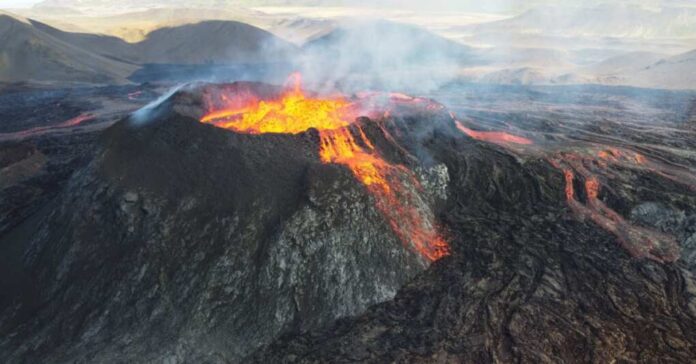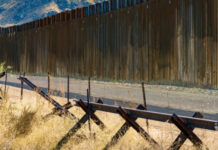
Here we go again, folks—another doomsday scenario humanity isn’t prepared for. This time, it’s not because of reckless politicians or shortsighted corporations but because of a slumbering giant: volcanoes. Scientists are waving red flags about the next massive volcanic eruption, but instead of heeding the warning, the world is hitting the snooze button.
Let’s revisit Mount Tambora in 1815. This Indonesian volcano didn’t just erupt—it exploded with the force of a thousand disasters, turning the world into its playground of misery. It spewed an enormous cloud of sun-reflecting particles into the atmosphere, cooling the planet and plunging the world into what’s now called the “year without a summer.” Crops failed, people starved, and a cholera pandemic added insult to injury. Oh, and if that wasn’t enough, the chilling weather inspired Mary Shelley to pen Frankenstein. Talk about an ominous silver lining.
Fast-forward to today, and the question isn’t if a massive eruption will happen, but when. Scientists like Markus Stoffel from the University of Geneva estimate a 1-in-6 chance of such an event this century. But here’s the kicker: this eruption won’t be landing on the same Earth Tambora disrupted. We’re now living in a much warmer, more populated world—a planet already stretched thin by the climate crisis.
Volcanoes are nature’s paradox. They’ve shaped continents, built atmospheres, and yes, occasionally plunged us into chaos. When they erupt, they release carbon dioxide, but not in quantities anywhere near the damage humans do by burning fossil fuels. Instead, the real villain is sulfur dioxide, a gas that shoots into the stratosphere, forming tiny particles that reflect sunlight and cool the planet. Sounds nice, right? Think again.
The cooling effects might last a couple of years, but they come with a monstrous price tag. The last time Mount Pinatubo erupted in 1991, it cooled the planet by 0.5 degrees Celsius. Now imagine something far larger—it could disrupt monsoons, dry out vital water sources, and wreak havoc on global food supplies.
And let’s not forget the economic toll. A Tambora-like event could cost upwards of $3.6 trillion in the first year. That’s trillion with a “T.” As for the human toll? Hundreds of millions of people live near active volcanoes. An eruption could erase entire cities overnight.
Adding to the mess, climate change might make volcanic eruptions even more disruptive. Warming oceans, faster air circulation, and melting ice all alter how these natural disasters unfold. Scientists warn that smaller aerosol particles, which are more efficient at scattering sunlight, could amplify the cooling effect in a warmer world. So, while the planet might get a temporary break from global warming, the aftermath would be catastrophic.
Here’s the reality check: while a volcanic eruption might temporarily pause the march of climate change, it wouldn’t fix a thing. After a few years, temperatures would bounce back to their upward trajectory, bringing us back to square one—only this time, with shattered food systems, displaced populations, and economic ruin in the rearview mirror.
Experts are pleading for action. Experts are urging the need for stress tests, evacuation plans, and strategies to secure food supplies. Yet, it seems humanity’s tendency to brush off looming disasters persists until they’re impossible to ignore. With a 1-in-6 chance of a massive eruption looming, the global response has been shockingly inadequate.
This lack of preparation isn’t just careless—it’s a reckless gamble with humanity’s future. While volcanic eruptions themselves are unpredictable, the need for contingency plans is not. The warnings are clear, and history has shown that failing to act in advance only leads to devastating consequences. So, will we act now, or will we wait until we’re writing another chapter in humanity’s book of preventable disasters?















